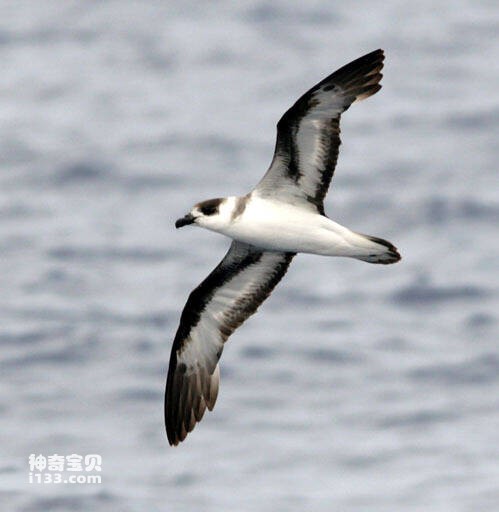Pterodroma pycrofti
IUCN
LCBasic Information
Scientific classification
- name:Pterodroma pycrofti
- Scientific Name:Pterodroma pycrofti,Pycroft's Petrel
- Outline:Waterfowl
- Family:
Vital signs
- length:No textual research information is available
- Weight:No textual research information is available
- lifetime:No textual research information is available
Feature
It is endemic to New Zealand's Chatham Islands
Distribution and Habitat
It is endemic to New Zealand's Chatham Islands and is now confined to 218 hectares on the South-East Island.
Appearance
The head, back and upper wings of the New Zealand Shearwater are grey, and the shoulders and bottom of the upper wings are darker grey, forming an M-shaped shape. The forehead is gray and variegated, and the upper body is white. The underwing is white, and the main tip and margin are darker. There is a black space at the base of the lower wing.
Details
New Zealand Shearwater (Pterodroma axillaris) Pycroft' s Petrel is a medium-sized petrel.

The New Zealand Shearwater drifts at sea during the off-breeding season, feeding on squid, small fish and mollusks. Return to shore only during breeding season. The New Zealand Shearwater nests in the canopy. A bird's nest is made of leaves. The female lays one egg between December and January. The chicks moult between May and June.
The New Zealand Shearwater population is estimated to be around 1,000 individuals and is currently endangered. When humans colonized the Chatham Islands, they were restricted to the southeast island by hunting, predatory invasive species, and loss of forest habitat. In addition, they have to compete with the shearwater for nesting sites. Conservation began in earnest in the late 1980s. The initial focus was on identifying the nests of the New Zealand Shearwater and the causes of its declining reproductive rate. When it was discovered that their reproductive rate was affected by the Shearwater, measures were introduced to protect their nests and chicks. In 2005-2006, 83% of the chicks from 155 known breeding pairs molted successfully. The chicks have also been moved to places where there are no predators.
Protect wild animals and eliminate wild meat.
Maintaining ecological balance is everyone's responsibility!








